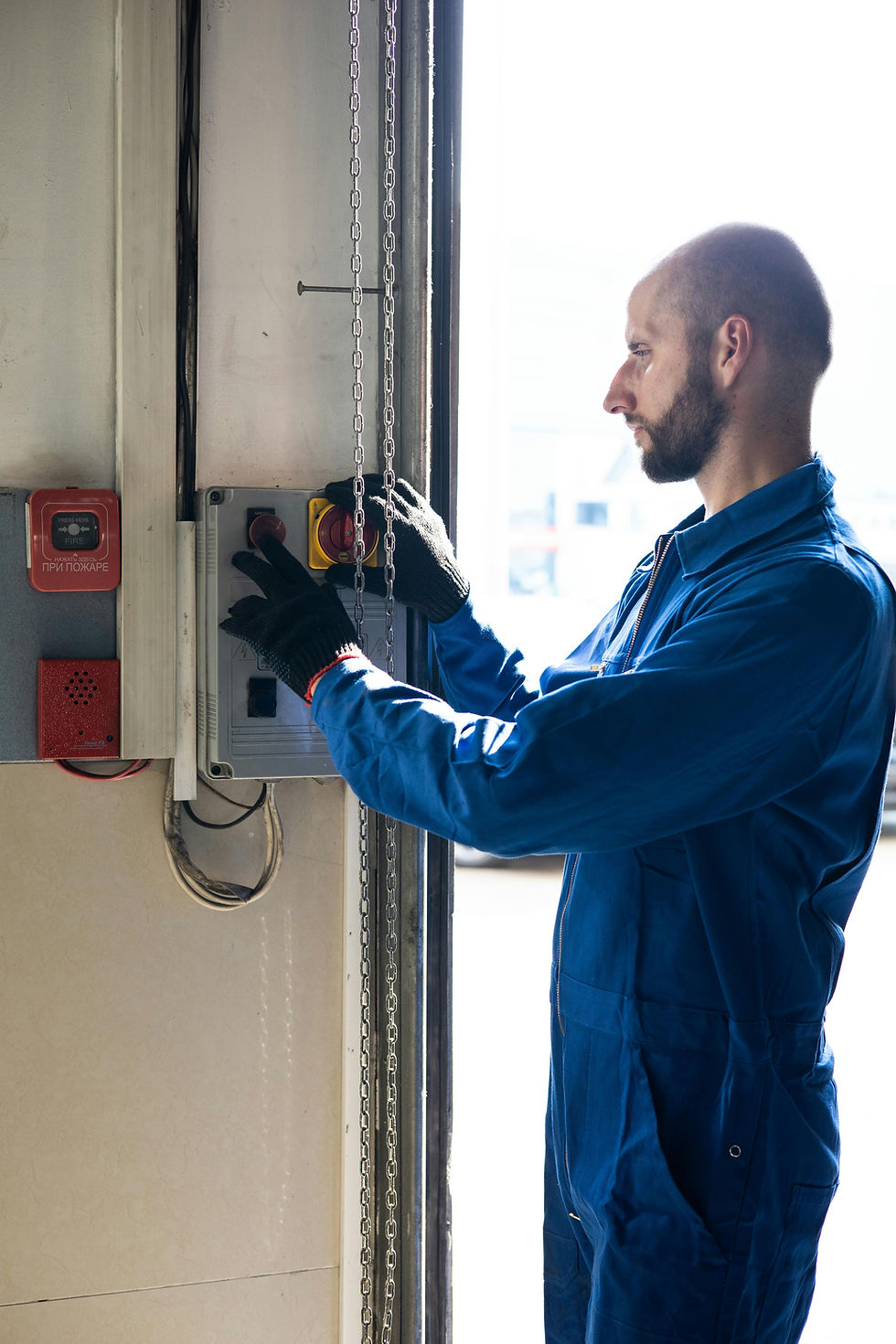Reasons Why Your Circuit Breaker Keeps Tripping
- Elevated Magazines

- Oct 22
- 4 min read
A circuit breaker plays a vital role in protecting your home from electrical hazards. When it trips, it’s doing its job, stopping the flow of electricity to prevent overheating, short circuits, or even fires. While an occasional trip might not raise concern, repeated tripping signals that something more serious could be happening behind the scenes.
Understanding the root cause of frequent breaker trips helps homeowners address issues safely and effectively. With a little knowledge and timely action, you can prevent potential damage, improve energy efficiency, and keep your electrical system running smoothly.

Overloaded Circuits Are the Most Common Cause
An overloaded circuit happens when too many electrical devices draw power from a single line. Every circuit has a maximum capacity, and when that threshold is exceeded, the breaker automatically shuts off to avoid overheating. This situation often occurs in kitchens, home offices, or entertainment spaces where multiple appliances operate simultaneously.
For instance, running a toaster oven, microwave, and coffee maker on the same outlet can easily overload the system. The same applies to using multiple high-powered tools in a garage or plugging numerous devices into one power strip.
To prevent overloads, spread your appliances across different circuits whenever possible. Unplug unused devices and consider upgrading older wiring to handle modern energy demands. A professional electrical service provider can assess your current setup and recommend circuit upgrades or load balancing strategies to prevent recurring issues. Regular maintenance and load assessments help ensure your system keeps pace with your household’s evolving needs without unnecessary interruptions.
Short Circuits Can Trigger Immediate Trips
A short circuit occurs when a hot wire comes into contact with a neutral or ground wire, causing a sudden surge of electricity. This results in a sharp increase in current, prompting the breaker to trip instantly. Short circuits can stem from damaged wiring, loose connections, or defective appliances.
Signs of a short circuit include blackened outlets, burning smells, or visible scorch marks around plugs. If these appear, disconnect power to the affected area and avoid resetting the breaker until the issue is resolved. Short circuits can produce dangerous sparks or lead to electrical fires if ignored.
Homeowners should avoid tampering with wiring or attempting DIY fixes unless they have experience with electrical systems. A qualified electrician can identify the exact source of the short and replace faulty components safely. Addressing these problems early prevents further damage and ensures reliable power distribution throughout the home.
Ground Faults Pose a Serious Safety Risk
Ground faults occur when an active wire touches a grounded surface, creating an unintended path for electricity to flow. Unlike a short circuit, this type of fault often happens in damp environments like bathrooms, kitchens, or outdoor spaces. When a ground fault is detected, the circuit breaker or GFCI outlet immediately cuts power to protect against electric shock.
These incidents typically arise from damaged insulation, worn cords, or faulty appliances. Since ground faults are closely linked to moisture, areas exposed to water require additional protection. Installing GFCI outlets in these zones is an effective preventive measure that complies with modern electrical codes.
If tripping persists in certain rooms, it could indicate hidden wiring issues or water intrusion near outlets. Regular inspections and timely repairs help reduce the risk of shocks and ensure compliance with safety standards.
Outdated or Faulty Breakers May Need Replacement
Like all components in your home, circuit breakers wear out. Repeated tripping, mechanical stress, and exposure to electrical surges can weaken their internal mechanisms. When this happens, breakers may trip too easily or fail to trip when they should, creating potential safety hazards.
Homes built decades ago often feature panels that can no longer handle modern energy consumption. Appliances like air conditioners, electric stoves, and washers draw far more power than the average household used in the past. Replacing old breakers with updated models improves both safety and efficiency.
Appliances and Devices Can Cause Intermittent Trips
Sometimes, the culprit isn’t the wiring, it’s the appliances themselves. Faulty or aging devices can develop internal shorts or power fluctuations that overload the circuit intermittently. This problem is common with older refrigerators, air conditioners, or space heaters that require significant startup power.
To pinpoint the issue, unplug all devices on the affected circuit and reconnect them one at a time. If the breaker trips after plugging in a specific appliance, that unit likely needs repair or replacement. Regular maintenance, such as cleaning filters or inspecting cords, helps prevent these issues from arising.
Environmental Factors and Seasonal Demand
External conditions, like temperature changes or humidity, can influence breaker performance. Heatwaves may strain air conditioning systems, while cold weather increases heating loads. High humidity can affect electrical components, promoting corrosion or moisture intrusion in outdoor panels.
Ensuring that electrical panels are properly sealed, ventilated, and protected from environmental stress reduces the likelihood of nuisance tripping. Seasonal tune-ups by certified professionals can help identify weather-related wear and prevent failures during peak usage periods.

When in doubt, consult a licensed professional to evaluate the condition of your electrical panel and wiring. Investing in inspections and system upgrades ensures a safer, more reliable home. A well-maintained electrical system prevents future disruptions and provides the peace of mind that every homeowner deserves.
